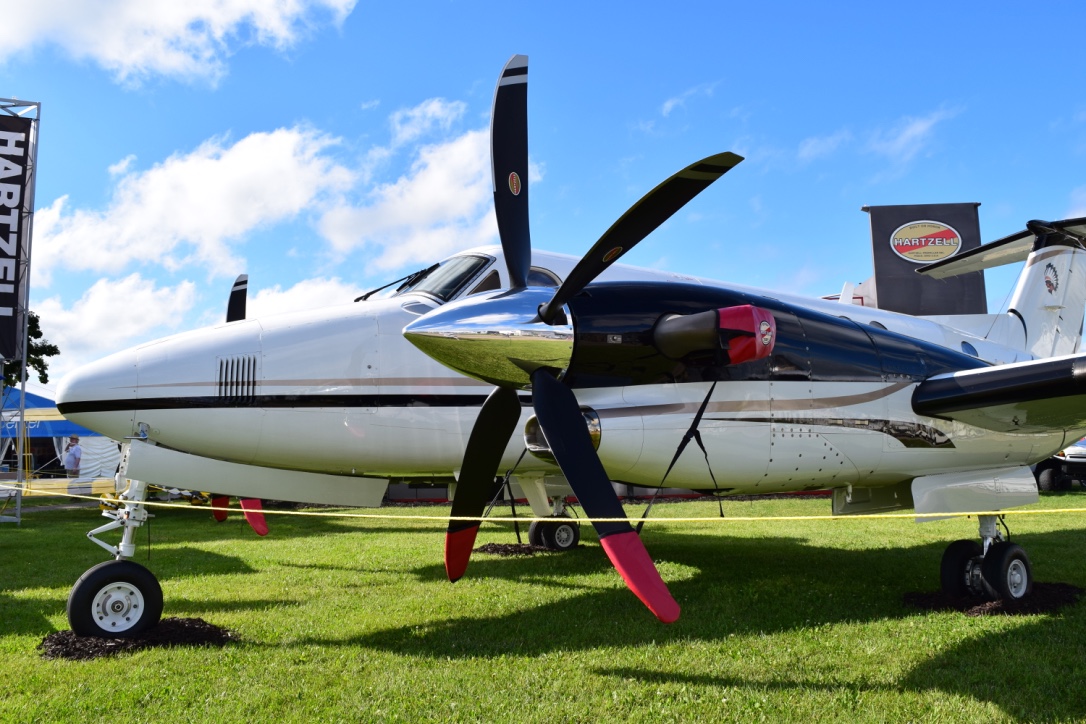
One of the first things you’re taught to check in preflight training is your aircraft’s fuel levels. But according to the U.S. National Transportation Safety Board (NTSB), fuel-related incidents are the sixth-leading cause of general aviation accidents in the United States.
The NTSB released a report this summer stating that better fuel management could prevent about 50 general aviation accidents each year. In most cases, fuel-related accidents are the result of human error and not mechanical problems or failure.
Fuel-related emergencies can come in two forms: fuel exhaustion and fuel starvation. Fuel exhaustion refers to running out of fuels, while fuel starvation means the aircraft has fuel onboard, but for some reason, it doesn’t reach the engine. Factors such as a blockage, an improperly set fuel selector, or contamination can contribute to fuel starvation.
According to the NTSB’s report, Flying on Empty, 48% of the pilots involved in fuel mismanagement accident held a commercial or air transport pilot certificate, 50% were pilots with private or sport pilot certificates, and only 2% of accidents involved student pilots. Pilot complacency or overconfidence is considered a contributing factor to the number of aviation accidents or incidents, including fuel-related emergencies.
Experts suggest pilots follow five basic rules to prevent fuel mismanagement and avoid potentially dangerous incidents.
Don’t rely on fuel gauges alone
Before advanced electronic instruments, flight students were taught not to rely exclusively on their fuel gauges. While today’s measurement systems are more accurate, pilots are still encouraged to visually confirm the quantity of fuel in the tanks as part of their preflight checks.
Know the aircraft’s fuel system
It’s important to know the airplane’s fuel system, especially if you’re flying an unfamiliar aircraft. Pilots have made forced landings with enough fuel to spare because they misunderstood how aircraft’s fuel systems worked.
Be present for the fueling process
Always know what’s in your fuel tanks. Many fixed base operators (FBOs) provide personnel to fuel your tanks before flight. To be sure you’re receiving the proper fuel grade and quantity, be present every time your aircraft is fueled. During your preflight, drain a sample of fuel from each tank, noting the color and fuel smell to check for water or other contaminants.
Keep a fuel reserve for each flight
Proper preflight planning is key to ensuring you don’t run out of fuel mid-flight. According to the NTSB, more than 66% of fuel management related accidents occurred when the intended destination airport changed mid-flight. Be sure you’re properly calculating your range and endurance throughout your flight to maintain fuel reserves. If you do dip into your reserve, land as soon as possible and refuel. It’s best to land with at least one hour of fuel to spare.
Know when to declare a fuel emergency with ATC
When you’re running on empty, it’s imperative to tell ATC about your situation. Some pilots may be hesitant to admit they made a fuel management mistake. However, declaring a fuel emergency with ATC ensures you will receive priority handling by the controller and could even prevent a dangerous accident.